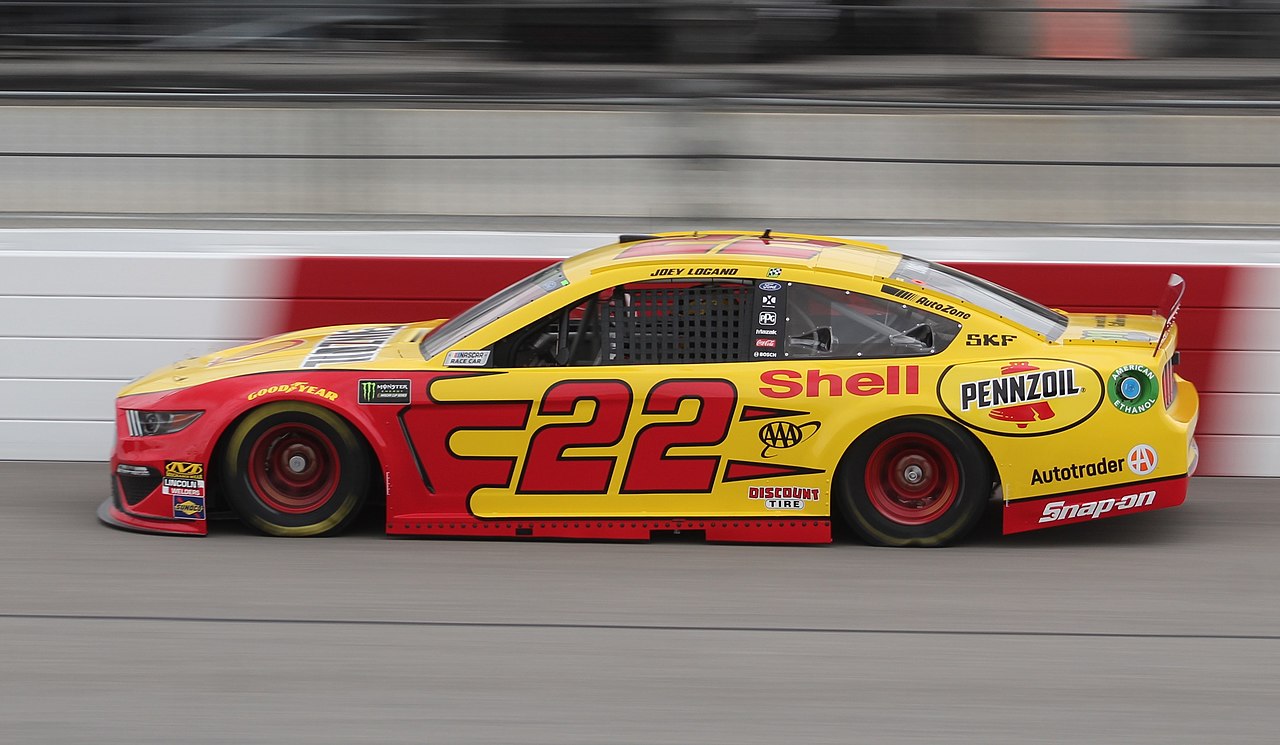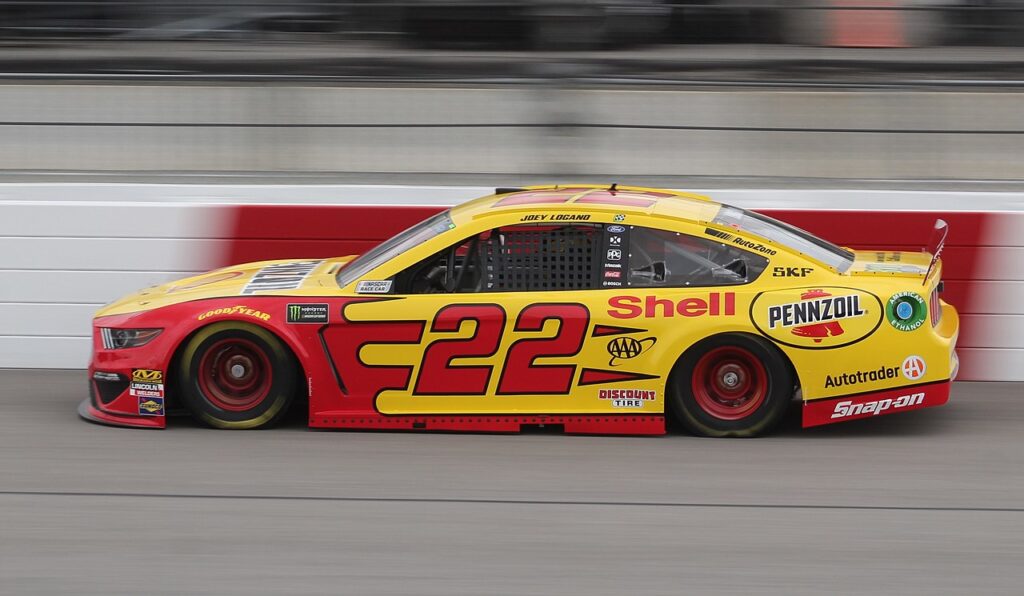Originally Authored at TheFederalist.com

Did you hear about the great national event last week that was rigged? No, I don’t mean the presidential election. I mean the NASCAR championship.
OK, that characterization might exaggerate things slightly. But several controversies in the NASCAR Cup Series’ penultimate race of the season, held Nov. 3 in Martinsville, Virginia, carried over to Sunday’s race in Phoenix used to crown a Cup champion. The controversies left questions about whether a playoff format contrived to increase drama is leading to not just dramatic finishes but choreographed ones.
Playoff Format at Issue
Unlike most other racing leagues, where championships are decided based on points developed throughout an entire season, stock car racing for most of this century has relied upon a “playoff” format to determine champions. Beginning in 2014, NASCAR instituted elimination “rounds” as part of the playoffs, where points get reset at the beginning of every three-race “round,” and drivers with the lowest totals at the end of the three races get eliminated from the playoffs. (Drivers who do not qualify for, or are eliminated from, the playoffs still compete in the same races as playoff drivers — they just become ineligible to win that year’s championship.)
This format has also included a “win-and-in” feature, whereby race winners automatically qualify for the playoffs, and playoff drivers who win races in rounds of the playoffs automatically advance to the next round. The drawbacks of this feature, and the premium it places on winning individual races, became apparent this summer when driver Austin Dillon won a race in Richmond while wrecking two separate cars on the final lap.
Several days after the race, NASCAR determined that Dillon’s actions violated the sport’s standards for safety and decorum. While it let Dillon’s win stand, the series took away the automatic playoff berth that otherwise would have attached to that win, and he did not advance to the playoffs based on his position in the season standings.
Martinsville Controversies
The issues at Martinsville did not involve the race for the win: Last year’s champion Ryan Blaney won the race convincingly and cleanly. Instead, the controversy surrounded the last spot in the “Championship Four” — the four drivers who would race for the title at Phoenix — which went to a non-race winner based on their points in the three races before and including Martinsville.
After the Martinsville race, the two highest-ranking playoff drivers in points, Daytona 500 winner William Byron and Christopher Bell, ended up tied, meaning that the difference of a single position in the running order would have changed who advanced to the Championship Four. Bell achieved this tie by passing Bubba Wallace on the last lap of the Martinsville race. And because Bell held the tiebreaker over Byron, Bell thought he would advance to race for a championship at Phoenix.
NASCAR had other ideas. In passing Wallace, Bell made contact with the wall, and his car repeatedly bounced against the fence as he approached the checkered flag. This move somewhat resembled the “Hail Melon” move Ross Chastain made at Martinsville two years ago, when Chastain made no attempt to slow down for the final turn on the final lap and instead sped up, “riding the wall” in a way that allowed him to pass enough competitors on the last lap to advance in the playoffs. (Chastain comes from a family that grows watermelons, hence the nickname.)
After Chastain’s “Hail Melon,” NASCAR outlawed the move that offseason, deeming it dangerous to drivers and spectators alike. Half an hour after this year’s Martinsville race, the sanctioning body determined that Bell’s pass of Wallace (while not as egregious as the original 2022 incident) violated that provision and penalized his car such that Byron and not Bell advanced to the Championship Four.
Rigged Racing?
In response, Bell defended his move and noted that Byron suffered from his own controversy at the end of the Martinsville race. In the closing laps, both Dillon and Chastain closed the gap to Byron, who was on older tires, very quickly — but neither of them ended up passing him.
Chastain and Dillon, like Byron, drive Chevrolets. During the race’s final laps, communications from Chastain’s and Dillon’s teams both made their drivers aware of Byron’s points dilemma — that is, if Byron lost another position in the running order, he would not advance in the playoffs.
Those radio communications gave what at first glance appeared to be a case of Byron holding off two hard-charging cars a more sinister look, whereby two Chevrolet cars deliberately held back from passing Byron and, in the process, also blocked Ford driver Brad Keselowski from passing Byron. As if this Chevrolet controversy weren’t bad enough, Bell only passed Wallace on the last lap because Wallace — who, like Bell, drives for Toyota — had slowed dramatically, claiming that he had a flat tire after Wallace’s team told him that Bell needed to gain another position to advance.
The communications in the closing laps gave the Martinsville race a whiff of a professional wrestling “contest,” with Dillon and Chastain “tanking” by not trying to pass their Chevy teammate, and Wallace “tanking” by letting his Toyota teammate pass him — in both cases, to influence the points standings and who would advance to race for a championship. Both incidents arguably violated NASCAR’s “100 percent rule,” a provision that says drivers must give their maximum effort in a race, inserted after a similar “tanking” controversy in the 2013 playoffs.
After penalizing Bell at the end of the Martinsville race for the way he passed Wallace, NASCAR took action several days later regarding the other participants in the controversy. It suspended and fined the spotters (team members who stand at the top of the speedway and help guide their drivers through traffic) and crew chiefs for the Chastain, Dillon, and Wallace cars, for giving their respective drivers information about the Byron-Bell points situation that resulted in race manipulation. The series did not penalize the drivers directly but said it would do so if similar situations happened in the future.
Interviewed in Phoenix, Bell said he felt “cheated out of a chance to compete for a championship,” because “the race got fixed and manipulated by Chevrolet” (i.e., the Chastain and Dillon cars running interference for Byron) in ways that forced Bell into his rule-breaking pass of Wallace. But the Martinsville mess didn’t directly affect the championship outcome. Joey Logano, who had clinched a spot in the Championship Four before the Martinsville race, won Sunday’s race in Phoenix, defeating both Bell and Byron in the process of capturing his third Cup championship.
Effects of Artificial Drama
For the series’ part, NASCAR said “everyone” within the sanctioning body felt “p-ssed” at the way the Martinsville race played out. But in many respects, the controversy is the result of the drama the series has tried to foster with the playoff format, which NASCAR officials said they have no intention of abandoning.
When a series creates an elimination-style format that heightens end-of-season drama — but also maximizes a focus on finishes in a few key races, rather than over a longer season — it should not act surprised when competitors try to manipulate outcomes in those few races. NASCAR has traveled far down the road of altering its product (artificially, some would say) in the hopes of attracting and retaining fan interest, but it has to live with the consequences of the changes it has wrought.
